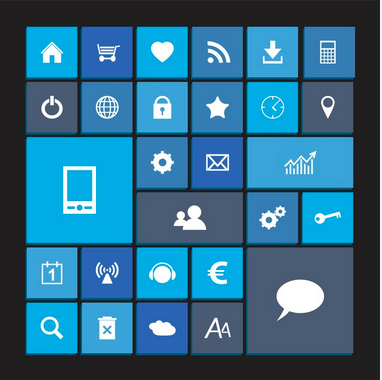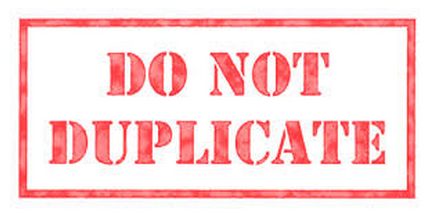
Headline writing with catchy phrases and lists is all the rage these days…and they’re everywhere. You can’t scroll through Facebook without seeing some variation of one of these: “You’ll Never Believe the Video of This Cat Not Eating Five Ducklings!” “10 Reasons You Should Ditch Your [Fill in the Blank]” “30 Reasons [Fill in the Blank Town] Is the Best Place for Millennials.” These less-than-intelligent-sounding headlines don’t have to be the norm for online content.
Many companies are guilty of this style of headline writing to get more clicks, likes or views. It’s based on pulling users into a site and possibly bombarding them with pop-up ads, and requests to share or repost. Good headlines, paired with good copy, don’t leave readers feeling cheapened or deceived. Instead, they convince readers that this company is looking out for them. This company has their best interests in mind.
Look to the News
Headline writing doesn’t have to be so scammy. While the days of traditional print journalism headlines are quickly fading, news values are not. Headlines can be both optimized for search engines and intelligent. They can still scream “READ ME!” without misleading, misinforming or dumbing down a story.
- Be authentic. Your headline should describe what a story is about.
- Get them to read the next line. The introductory sentence and paragraph (newspaper lingo: the lede) tells the reader either the most important facts or leads them into the next graph, where the most important facts live.
- Is it relevant? Is it useful? Is it specific? Basically, why is this story newsworthy or worthy of posting online? Journalists learn the bones of news writing based on these values: proximity, timeliness, consequence, rarity, conflict, prominence. Take what’s relevant from these and apply to an online article.
Make headlines fit the web by FIRST writing for people and THEN writing for search engines. It’s a rule that stands the test of algorithm changes and drama in the SEO world. Articles and headlines written for humans—with authenticity and integrity—will always reflect good SEO.


